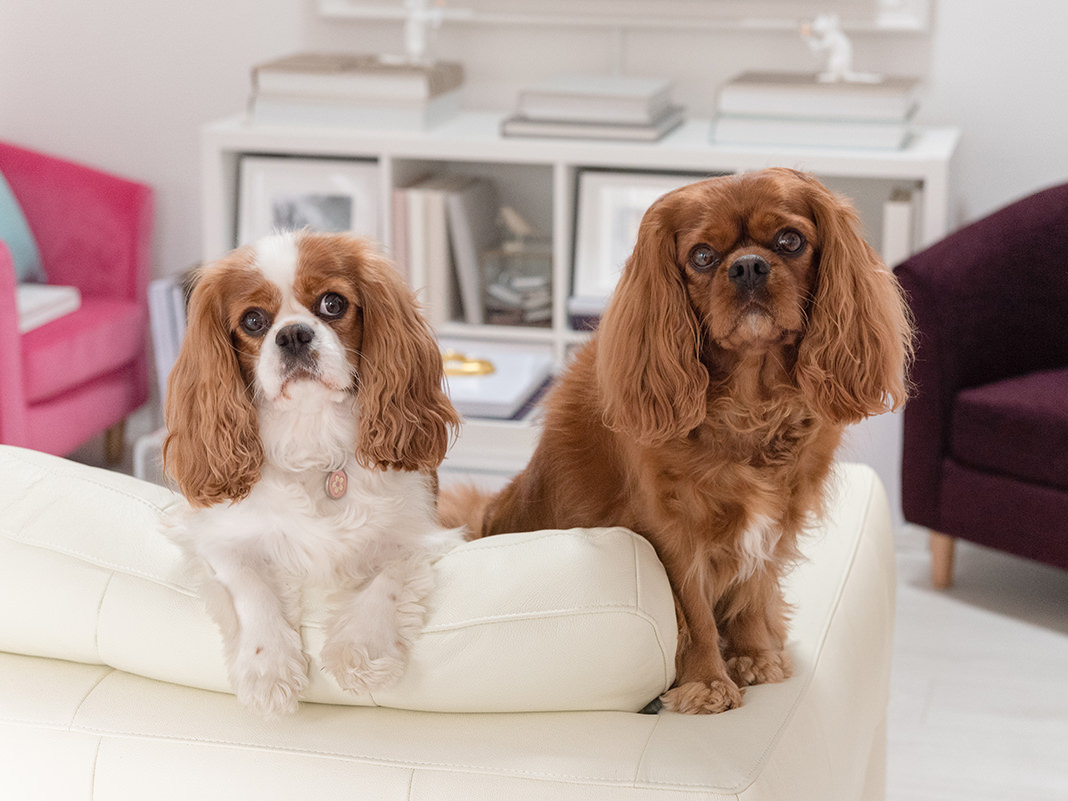At-home wedding photography advice
Wedding photography tips for a wedding at home
When it comes to meaningful wedding venues, there’s no place like home. Intimate settings, personal memories, and the freedom to do things your way. But whilst an at-home wedding may be sentimental, it’s far from simple. And it’s not just the power, parking, and portaloos … garden receptions bring unique photography challenges too. Want to skip the stress and steal from the scores of private-home weddings I’ve photographed? Read on to find out how to plan a photogenic wedding reception at home.
As a Northamptonshire wedding photographer, I’m surrounded by idyllic countryside, which means many of my couples have a garden reception with a marquee or tipi at their family home or farm. And I’m here for it! Because marquee and tipi weddings tend to be more relaxed, highly personal, and bring freedom to do things your way. (Which is great because I love to capture photos rich with meaning!) But if that freedom fills you with as much overwhelm as excitement, I’ve got ideas and inspo to go!
But remember, you’ll enjoy your day all the more when everything fits into the personal ethos. So please use this guide as exactly that – a guide, rather than an instruction book. Not everything in here will be important or right for you. So read through, take what’s useful, and leave the rest.
Ready? Let’s dive in!
1. Choose a photographer who’s experienced at private-home weddings
Photographing a wedding at a private home is very different from photographing a wedding at a commercial wedding venue (unless that private home also happens to be a wedding venue!). Not least because marquees and tipis bring challenges you don’t come across at an indoor venue. So it’s wise to look for a photographer with experience in marquee and tipi weddings at private homes.
In particular, look for:
- Multiple outdoor wedding clients. A seasoned pro who can show you examples of at-home weddings in all weather conditions is likely to be able to handle whatever the day throws at them, produce wonderful photos in any situation – and give you invaluable guidance along the way.
- Eagle-eyes. It’s easy to come up with ideas for portrait locations when you’ve got a period venue with amazing architecture at your disposal. But if you’re in a field on a farm, they need to be skilled at finding the less obvious opportunities – like gaps in long grass, the texture of a weathered door, or a frame of trees in the distance.
- Strong post-production chops. Marquees give a yellow colour cast to photos that will need to be corrected. So look at people’s skin tones in a photographer’s marquee wedding portfolio – do they look natural? Or jaundiced?
- Worn wellies. A sure sign of a country person who can keep calm and carry on if it’s wet!
- Big love for animals. If you’re lucky enough to count cows, sheep, dogs, and chickens as part of your family and want them in your photos … choose an animal lover who’ll enjoy capturing their antics as much as the human guests.
- Insightful people-watching skills. With such a relaxed day, there’s often a big focus on capturing natural shots of the drinks reception rather than spending ages on group photos and portraits. So look for a photographer with lots of candid moments between wedding guests in their portfolio.
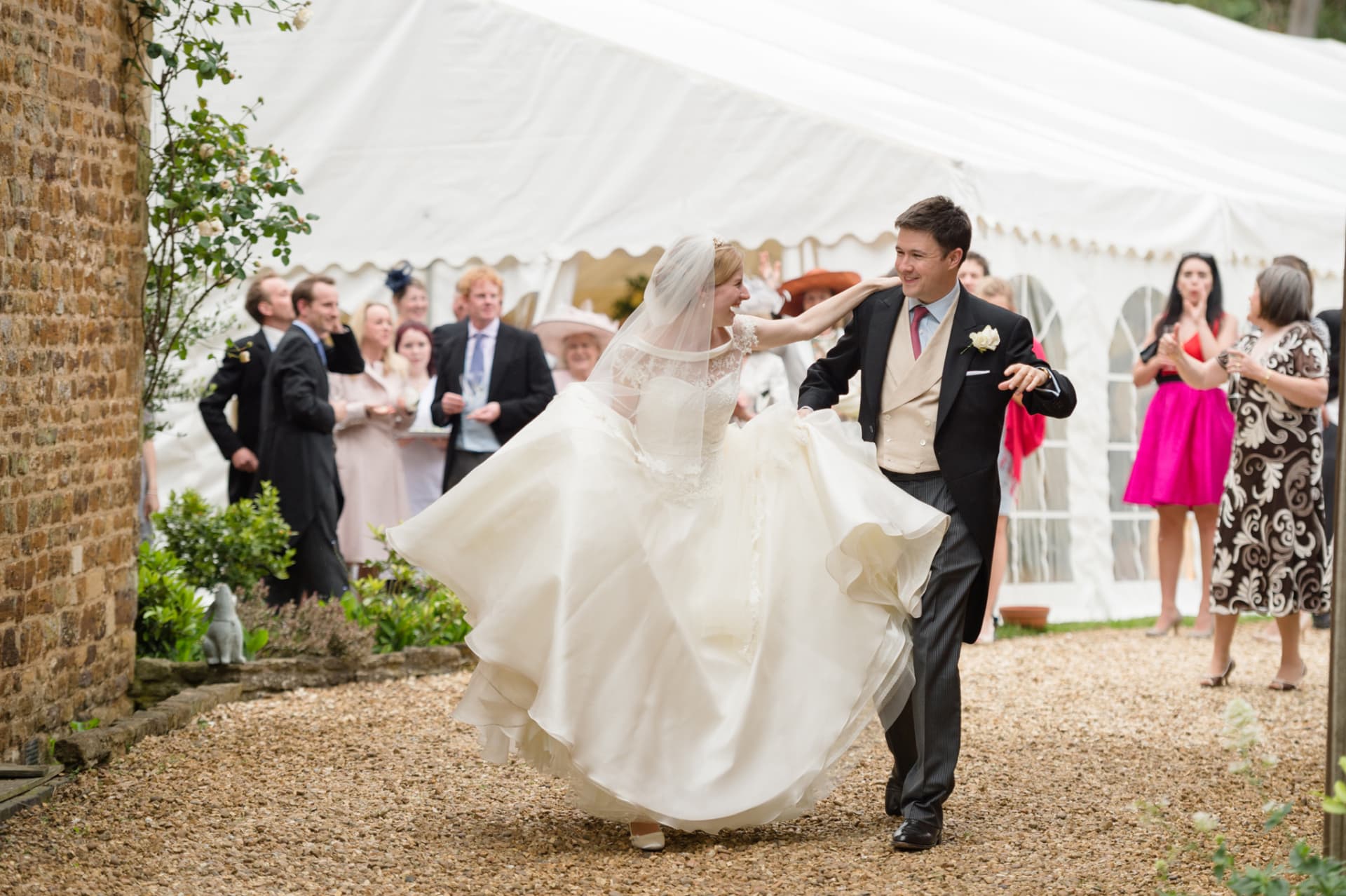
2. Set yourselves up for photos you’ll love
How to make the most of your home as a wedding venue – and set the stage for the best wedding photos possible…
Give your photographer context. You know your home better than anyone. So tell your photographer about any sentimental spots, picturesque points, or special stories about past memories you’ve made at home. Nostalgic anecdotes can spark ideas for meaningful photos.
Visualise your vistas. Could you use that old fruit tree as a focal point for the ceremony? How will the view over the hills change when you add car parking? Will access to the rose garden be blocked by the catering tent? Think about your favourite features and how you’d like to incorporate them into the day (and photos!) and keep that in mind when you decide where to put everything.
Keep the cars out of sight. Otherwise, it can limit backgrounds and angles for your photos. We want your location to shine in your wedding photos – not Uncle Jim’s new bright orange paint job!
Invest in your indoor space. Pfft! Who needs to think about the inside when you want to enjoy the outside?! Well, while I totally understand marquees and tipis can be pricey … imagine there’s heavy rain and your guests are packed – elbow to elbow – in the bar area. Now imagine your photographer trying to move discreetly amongst the crowd to capture photos of your guests looking relaxed. More space means happier guests – and better wedding photos!
Think about where you’ll make your grand entrance for dinner. The back view of the entry into your marquee is usually the background for photos of you being announced for the wedding breakfast – but it’s often forgotten about when it comes to styling. If it’s important to you, make it pretty.
Plan for your marquee styling to be finished early. If it’s possible, have your flowers, décor, and signage finished the day before your wedding or first thing in the morning. Of course, this will depend on the weather (no one wants wilted flowers on a hot day!) and how much there is to set up. But if you can, your photographer will be able to take photos of the finished set-up before your ceremony. Otherwise, if the weather is bad and people go into the marquee early, you may not get these photos at all. And if your day turns out to be dry, your photographer will have more time to capture natural photos of your drinks reception – bonus!
But if this isn’t workable…
Screen off your wedding breakfast area. You invested time (and money!) in styling this space – so it’s nice to have photos of it looking pristine before your guests enter. Keeping this area aside to avoid people migrating from the bar to the (very comfy looking) tables or putting their coats and bags on their seats before your photographer has a chance to capture it.
Provide practical help. Show your photographer around. Tell them if anywhere is off-limits (you don’t need Ella the housecat to go on the run!). Provide your photographer a space where they can safely leave their equipment during the day and take a break while you eat. They’re also likely to need access to electricity so they can recharge camera batteries. And I’m pretty sure (!!) they’ll appreciate access to a fridge so they can keep drinks cold on a hot day – or a kettle to make a warming cuppa on a cold day.

3. Love your lighting
Light is massively important for photography, so this gets a section all of its own. Good light can make an average image incredible, and bad light can turn a potentially incredible shot into a lacklustre one. So let’s make sure your lighting is lit.
Light considerations for marquee and tipi weddings:
- Build an abundance of natural light into your marquee or tipi layout. Maybe a clear roof or walls. This will allow your photographer to work with natural light rather than use flash which can be distracting. And it’s extra helpful on a rainy day when there’s naturally less daylight. But remember, this will make it hot and humid on a warm sunny day, so make sure the sides can be lifted to let the air flow through.
- Space your lighting evenly. Marquees often have two relatively small chandeliers – which don’t provide enough light for photography. Why not fill your space (indoors and out!) with strings of stylish festoon bulbs or masses of paper lanterns. Or go OTT with fairy lights. Your photographer may still need to add some supplemental lighting of their own – but your ambient lights will provide depth and a cosy glow in the background. P.S. You can never have too many lights!
- Keep coloured uplighters – loved by DJs and loathed by photographers – for the dancefloor. Or at least wait until after your meal and speeches to turn them on. Because that luminous green, bold blue, or funky pink will reflect on people’s skin – and it can’t be Photoshopped!

4. Choose all-weather-friendly formal portrait location(s)
With a garden or farm wedding, you’re at both the pleasure and the mercy of Mother Nature. And she’s a fickle goddess. So how can you get great photos no matter Mother N’s mood?
It’s simple: Hope for the best and prepare for the worst.
You’ll need some indoor or sheltered space just in case the weather throws a tantrum. But while typical commercial venues have clear-cut spots for formal photos, you might have to think more creatively.
Here are some potential portrait and group photo locations to consider:
Photos at the church
The church door is an iconic spot that often lends itself to a traditional newlywed portrait – unless there’s a strong east wind or bright sunshine driving straight in!
And the narthex is often deep enough to provide shelter in the rain, so it’s an excellent wet-weather backup too.
If that doesn’t work because of the light or space, maybe there’s a roomy vestibule that would suffice. Even the chancel can be an option. But don’t forget to ask for your vicar’s permission.
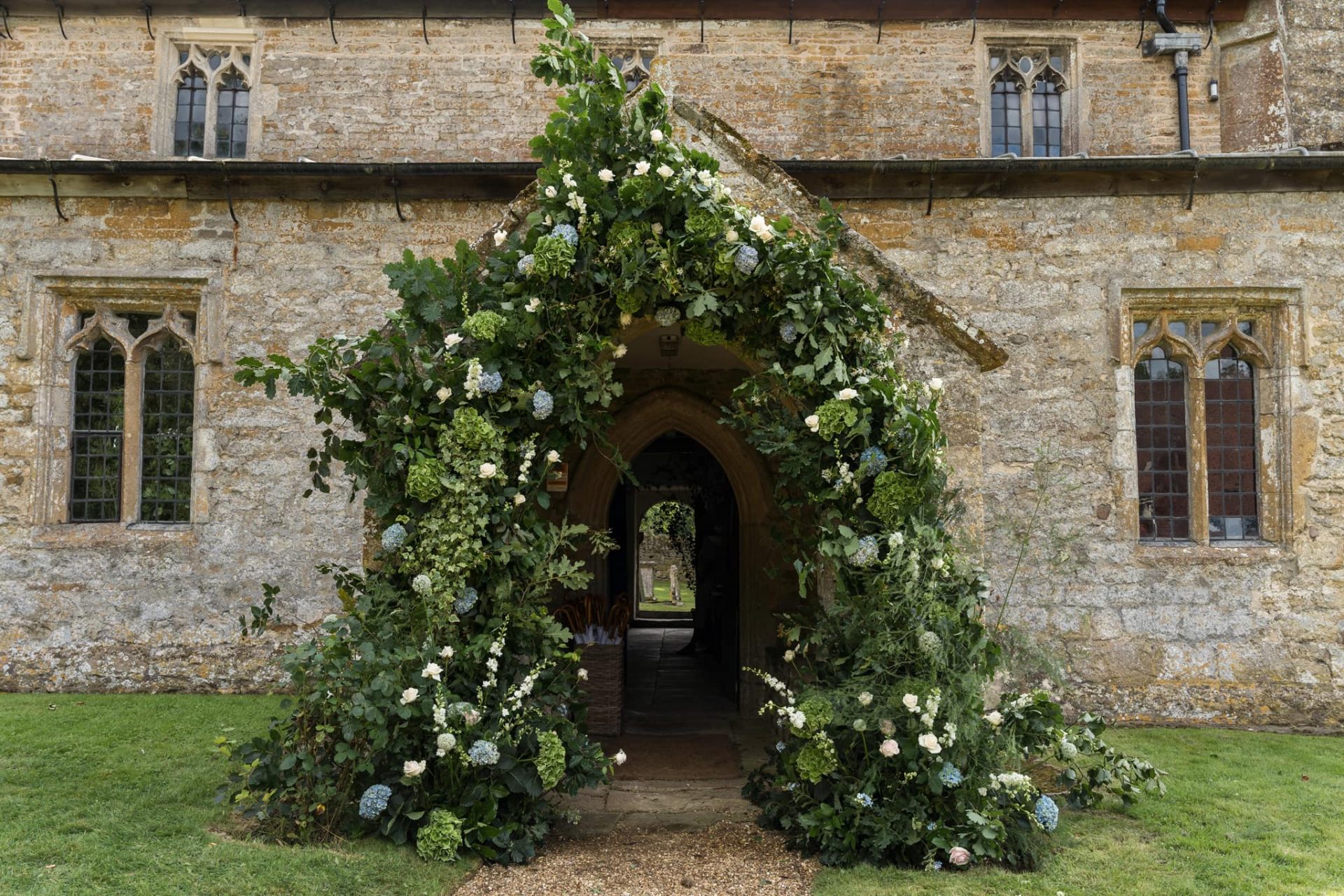
Photos en route from the church to the reception
Are there any pretty locations you can stop at between your church and your reception? Quintessential village scenes like a row of old cottages, bluebell woods, bridges, and streams can make beautiful backdrops. Perhaps check with a local farmer to see if you can use their hay barn. Or even try a local historic attraction you love to visit together.
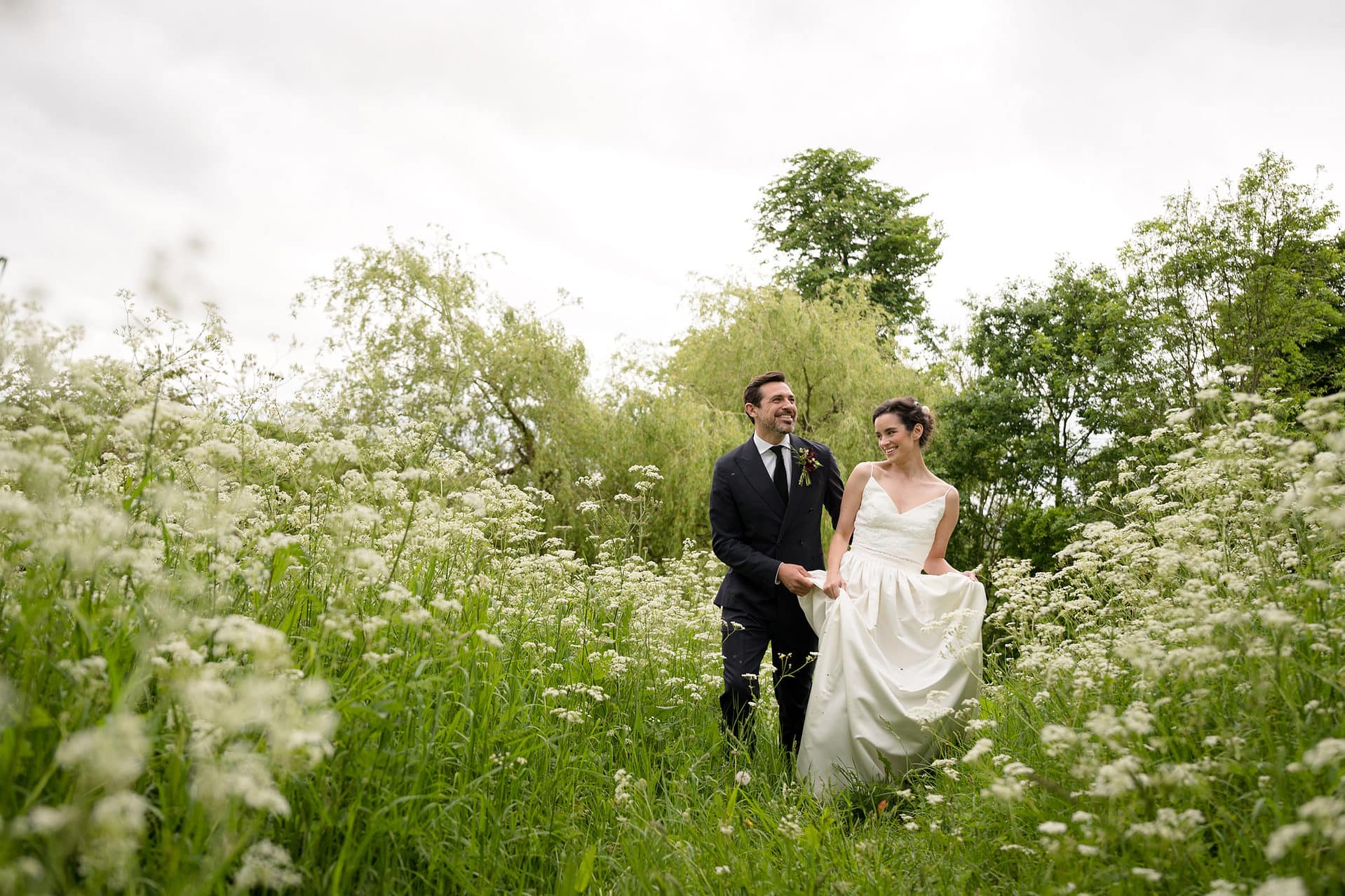
Formal photos at your reception
If you have a house to hand, the garden or front door might make a great formal photo background. But be sure to consult with your photographer on the quality of the light. Always follow the good light! And always have an indoor option ready to go in case of rain. Inside, pick the most neutral area (I’m thinking about things like paint colours and pictures on the walls here) so it appeals to both of your families – and move any unneeded furniture out to make more space.
On a farm, you can use countryside views or go rustic with hay bales (extra points for a pyramid formation!). And if it’s wet, maybe head to a barn and get creative with textures.
Is your marquee your only indoor option? Install a flower wall. Your guests will love it for selfies! And if you position it so the light from your marquee ‘window’ falls diagonally across or straight onto it, it will be lit beautifully. Splurge on fresh flowers or save by hiring faux.
Or why not build your own photo set? Find a prop hire company (or ransack Granny’s attic!) and go wild. Vintage doors look great propped up in a row – as do large sofas dressed with lanterns and flowers. Just pick something that will fit inside your marquee or tipi – just in case!

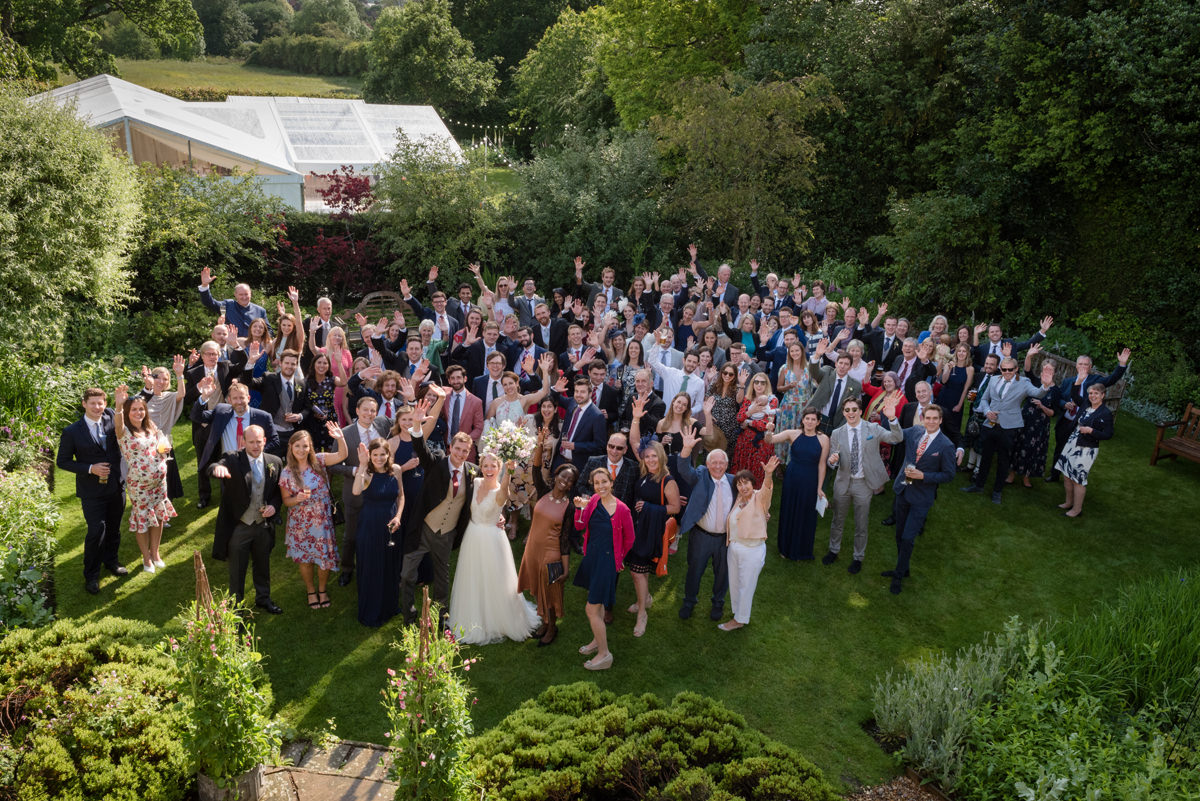

Want a big group photo of all your wedding guests? Your photographer will need an elevated window, drone, or digger scoop!
Your dream wedding, rain or shine
So that’s the at-home wedding photography theory covered.
Want to see what your marquee wedding photos could look like?
Really rather worried about the weather? Find out how to prepare for and make the best of all the elements with my weather guides:
Hey, happy humans!
We love the outdoors. Sniffing trees, rolling on grass, chasing birds … aaah. No wonder they call it the great outdoors! And things get even better when there’s a wedding involved with cake crumbs to snaffle and cuddles to collect from all the guests.
Want to know how to involve your pooch in your wedding? Why not walk to the church together or let them greet you after the ceremony as newlyweds? And, obviously, include them in your family photos too.
Daisy and Poppy
